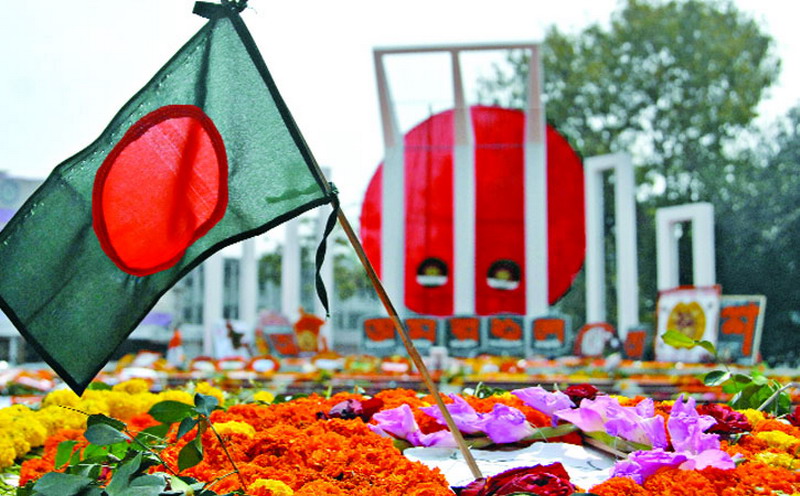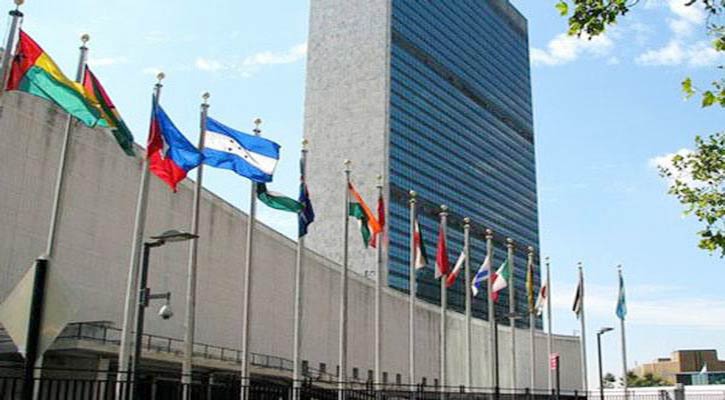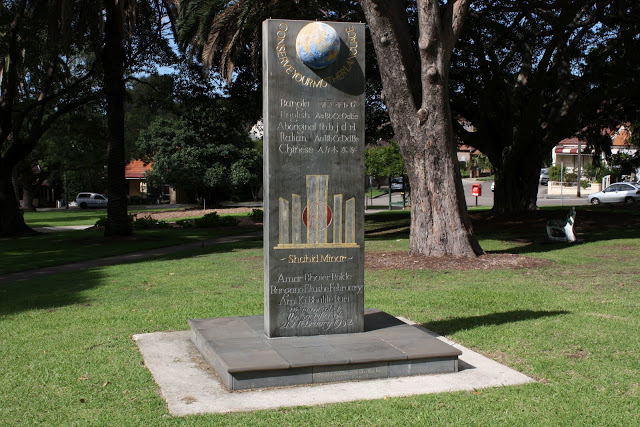International Mother Language Day 2019

If you live in Bangladesh, the 21st of February is no stranger to you. Commonly known as ‘Ekushey February’, on this day in 1952, Bangladeshis launched a movement to lay claim to their right to speak the mother tongue — Bangla. The movement that sprang out of this desire to make Bangla the state language led to bloodshed and tears. In 2000, the United Nations officially recognized this day as International Mother Language Day, aiming to preserve mother languages all around the world.
According to the UN, about 43% of the 6000 languages spoken in the world are almost endangered, only a few native languages are given a place in the education system and even less are incorporated in the digital universe. These solid facts are nothing to be proud of, and with every language forgotten goes an entire cultural heritage.
This is why International Mother Language Day is so important for communities across the world. It is a day that allows us to reflect on our cultural heritage and celebrate the existence of numerous mother tongues, despite all the changes we have made room for in our communities.
How Does The World Commemorate it?
Every year, UNESCO sets a theme to commemorate the day, which is followed up by various activities such as debates and discussions at the UNESCO headquarters in Paris. This year, United Nations declared 2019 ‘The Year of Indigenous Languages’ in order to raise awareness and help grow a sense of appreciation of different languages and the cultural diversity they bring. Various countries including Saudi Arabia, Australia

In Bangladesh, people place millions of floral wreaths throughout the day at the Martyrs Monument, also known as the Shaheed Minar.

In Australia, Ashfield Park, located in the suburbs of Sydney, holds a monument in respect of International Mother Language Day where many Bengalis and Australians gather on the 21st of February to place flowers and commemorate the day.

International Mother Language day was introduced in the Canadian Parliament for the first time in 2014, following which British Columbia and Manitoba issued proclamations in 2015, in observance of the day.
In India, Tamil people have a long history of struggle against the dominance of Hindi. The movement that began in the 1930s continued till the mid-1960s. In 1965, between January 25 and February 15, at least 63 protesters were killed and thousands injured.
Additionally, indigenous groups in India have time and again failed to ensure their right to their mother tongues. Around 42 languages or dialects in India are considered to be endangered.
International Mother Language day thus is used by communities across the subcontinent to demand an official status for their languages. In 2017, 60 different Indian languages were finally made available in the digital world, free of charge, through the digital act.
Despite all the drawbacks that racism constantly forces the world to face, it is beautiful to see what a massive impact the 21st of February has had on the world, which really goes to show that the bloodshed and tears of our ancestors did not go in vain. In light of 2019 being ‘The year of Indigenous languages’, we hope more nations get the freedom to indulge in their mother tongues in more ways than one, and find peace in communicating with the world beyond cultural barriers.




